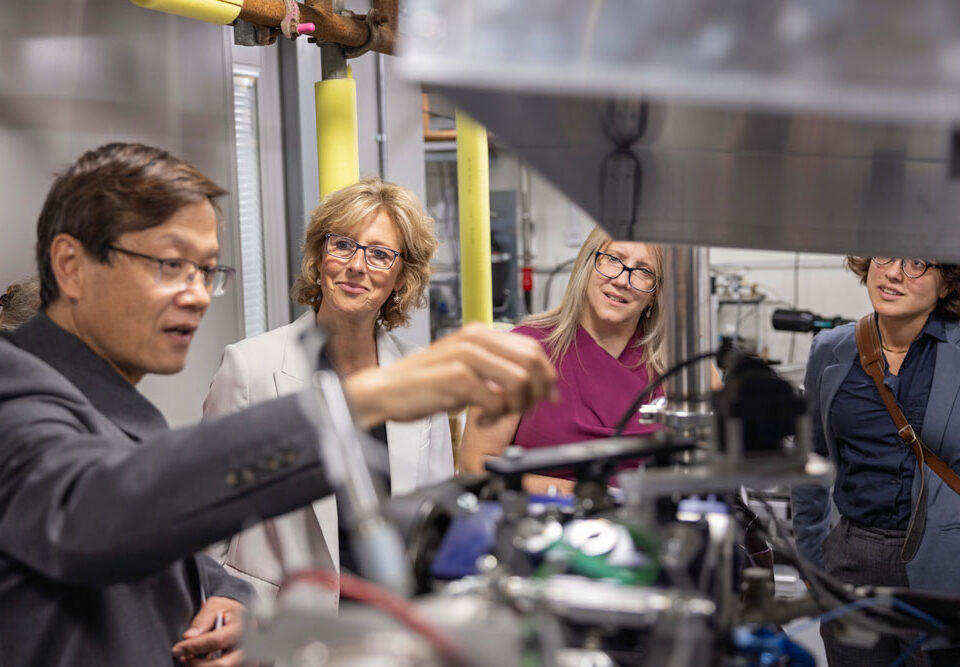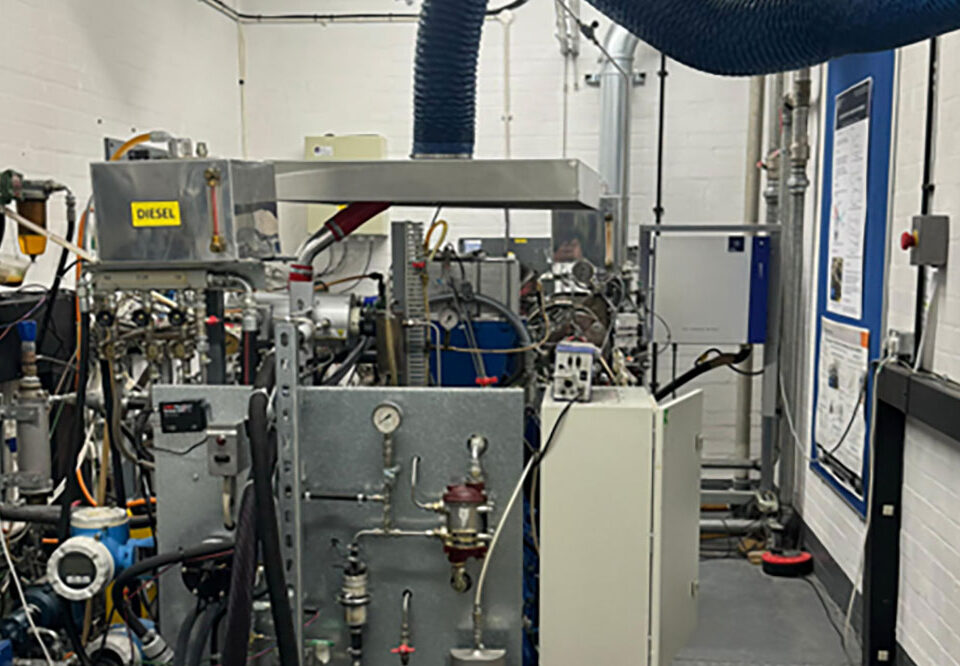Overview
Energy research at Ulster University has evolved from The Energy Study Group which in 1972 developed what is believed to be the first comprehensive course on the subject at any UK establishment.
The content of the course entitled Energy Resources and Supply made up 1/6th of the second year an undergraduate Physics degree and was derived from research emerging at that time. Most of the content of the education and underpinning research i.e., Wind, Solar, Water, Tidal, Geothermal, Fossil Fuels, Nuclear, Energy Storage, Heat Pumps etc. is still relevant today.
CST’s current research includes Building Energy Systems and Materials, Bio-energy, Carbon Capture and Storage, Circular Economy, Demand Side Management, Electricity Network Modelling and Energy Policy Support, Energy Storage, Energy Process Modelling, Energy Market Modelling, Geothermal Energy, Heat Networks, Heat Pumps, Passive Buildings, Solar Energy, Thermal Comfort and vertical farming.
Thus, CST is heavily engaged with the implementation of net zero, i.e., a target of completely negating the amount of greenhouse gases produced by human activity, to be achieved by reducing emissions and implementing methods of absorbing carbon dioxide from the atmosphere.
The Challenge
Our most important challenge is that of achieving Net Zero emissions. Challenges of achieving net zero include high upfront costs for green technologies and infrastructure, the need to overcome technological limitations for energy storage and carbon capture, lack of policy and infrastructure, and difficulties in measuring and verifying emissions, especially complex Scope 3 emissions. Other significant challenges involve political resistance, ensuring global equity and cooperation, addressing the intermittency of renewables, retrofitting buildings, and developing effective nature-based solutions.
Partnerships
CST has significant global and national academic, governmental and industrial and other stakeholder partnerships including academic partnerships in the UK, the US and Canada, many European states and of course Ireland, Africa, India, China, Japan and Australia.
For example, CST works closely with the Department for the Economy in Northern Ireland supporting policy development in building retrofit, energy networks and energy markets and the Department of Agriculture, Environment and Rural Affairs.
CST also works with a range of industries and stakeholders that include Northern Ireland Electricity Networks, and the System Operator for Northern Ireland, PowerNI, Glen Dimplex, Emerson, Causeway Energies, Sunamp, Cemex, PQ, etc and stakeholders such as the Belfast Health and Social Care Trust and the Northern Ireland Housing Executive.
Research
CST’s research approach is not only to deliver individual components and systems but also to research the interactions with existing and proposed power systems, energy infrastructure, and the buildings and industry they serve.
This approach requires combining laboratory and software methods to examine impacts and inspire new research in both the specific component and system development and on these interactive boundaries.
Our research facilities include a large scale indoor solar simulator, a hot box calorimeter, an advanced vacuum glazing laboratory, heat pump laboratories, particle imaging velocimetry, a vertical farming laboratory and a thermal comfort laboratory, all equipped with relevant analysis tools.
Impact
Examples of recent impacts arose from the £6.7M Interreg VA Spire 2 project where Ulster University and the Northern Ireland Housing Executive collaborated to deliver the RULET (Rural-Led Energy Transition) initiative to seek to reduce or eliminate the risk of low-income households being left behind in the transition to clean, smart, integrated energy systems.
Domestic electrical heating systems (heat pumps), combined with thermal storage and smart controls and operated in retrofitted social housing, and have the potential to create significant value by managing high levels of wind energy. The impacts were Smart demand in NIHE-owned homes will provide flexible load to make use of low- or zero-cost wind energy (which would otherwise be dumped).
This created value by Reducing fuel poverty, Empowering Social Housing Tenants, Reducing NI’s dependence on imported fossil fuels, reducing emissions of greenhouse gases and other pollutants, Increasing System Efficiency and Developing new, consumer-focussed market arrangements.
Switchable Insulation is an ongoing research development that has led to an emerging spin-out company that is developing smart facade panels that transform insulated walls into controllable solar heaters and passive coolers to reduce wintertime heating costs, protect buildings against summertime overheating, and minimise carbon footprints.
Switchable Insulation can significantly reduce heating & cooling energy demands with independent studies reporting typical energy savings 30-50%. It is particularly of interest to low thermal buildings in the first instance e.g., temporary classroom, site offices, warehouses and residential buildings, with a global application.



